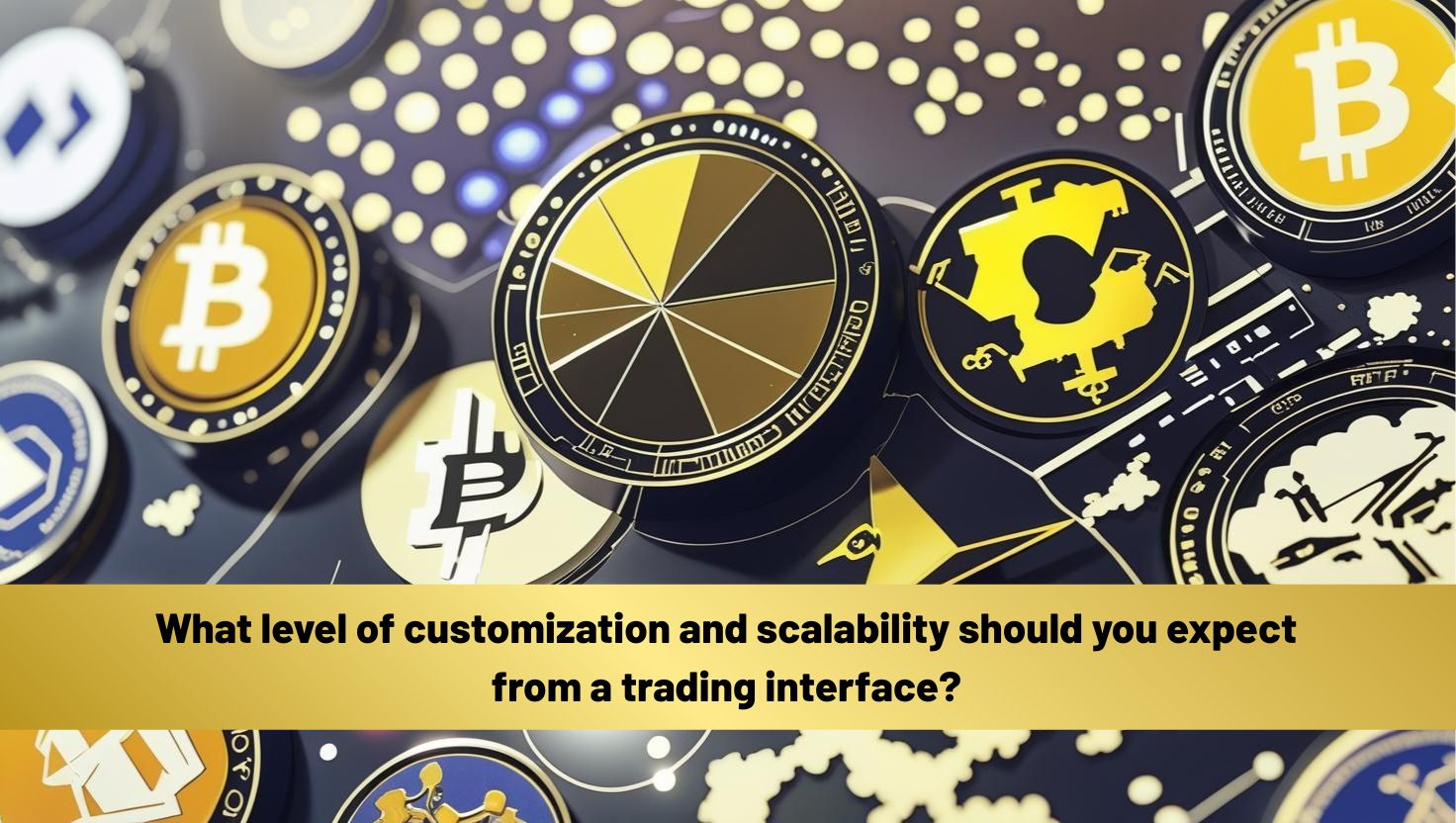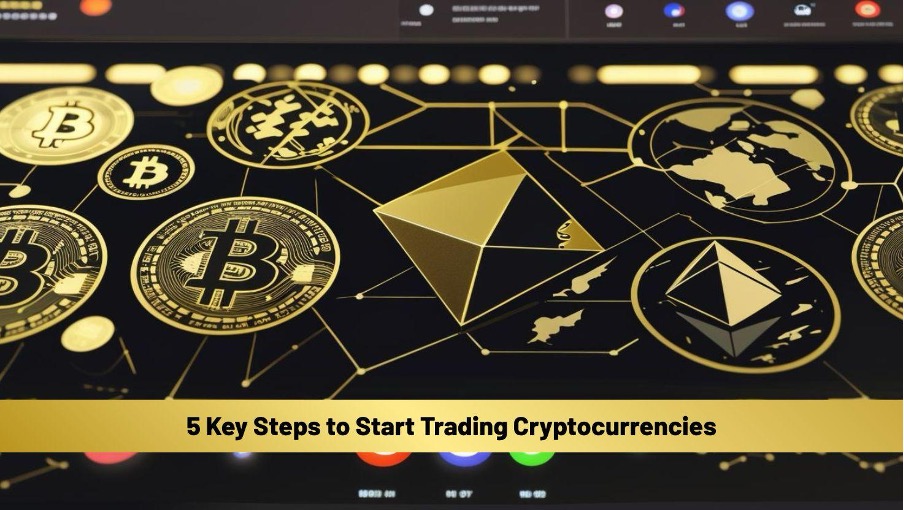In technology, as in nature, there is a season for quiet growth and a season
for bold emergence. For any project with genuine ambition, a critical inflection point
arrives: the moment it must transition from the controlled environment of
development—the proverbial garage—to the unforgiving scrutiny of the global stage.
This is not merely a marketing decision; it is a strategic declaration of intent. It
signals a belief that the product is no longer just a promising concept, but a robust
solution ready to contend in the open market. The question for any quiet disruptor,
then, is not if this moment will come, but where and how it should be orchestrated.
Choosing a venue for such a debut is a telling act. While the established financial
hubs of the West offer prestige, the true frontiers of technological adoption often lie
elsewhere. The decision to make a significant appearance at an event like Philippine
Blockchain Week is a calculated one. It suggests a strategic pivot towards markets
defined not by legacy, but by dynamism and a palpable hunger for innovation. It is an
acknowledgement that the future of finance is being actively shaped in regions
where digital-native populations are not just experimenting with Web3, but are
integrating it into their economic lives at an accelerated pace.
This transition from stealth mode to public contender is fraught with risk. It means
exposing a carefully honed instrument to the complexities of a live, often volatile,
market. Yet, it is also the ultimate validation. It is the point where theoretical potential
must translate into demonstrable value, where a quiet disruptor must prove it has the
substance to earn its place in the global conversation. For a platform built on the
principles of artificial intelligence and decentralised finance, this is the moment the
algorithm meets the arena.
The Strategic Imperative of Asia: Beyond the Obvious Metrics
Why Asia? To the casual observer, the continent's appeal might be reduced to
impressive user adoption statistics and a growing middle class. But to look at it in
such one-dimensional terms is to miss the fundamental cultural and technological
currents at play. The Web3 ecosystem in Southeast Asia, in particular, is
characterised by a unique blend of sophisticated technical understanding and a
community-driven ethos. This is not a market that can be won with superficial
marketing; it demands authenticity and a deep appreciation for the principles of user
sovereignty.
For an AI trading platform, this environment presents both a challenge and a
profound opportunity. The user base is not just looking for a “black box” that
promises returns. They are looking for instruments of empowerment. They are
discerning participants who value transparency and seek to understand the
mechanics behind their tools. Therefore, entering this market requires more than a
powerful algorithm; it requires a philosophy. It necessitates a commitment to
demystifying complex technology and making institutional-grade capabilities
accessible without compromising on the noncustodial principles that are foundational
to Web3.
This is the strategic calculus at play. A successful launch in this region is a powerful
signal. It demonstrates an ability to meet the demands of one of the world's most
sophisticated and forward-thinking user bases. It proves that a platform is not just a
tool for speculation, but a sustainable part of a new financial infrastructure. Success
here is not just about gaining market share; it's about earning a license to operate
from a community that holds the keys to mainstream adoption.
From Code to Community: The Next Evolutionary Step
The journey of any significant tech project follows a clear evolutionary path. It begins
with an idea, which is then painstakingly translated into code, refined through
countless iterations of testing and validation. This is the foundational, inward-facing
phase. However, for that code to have a meaningful impact, the project must
undergo a second, equally critical transformation: it must build a community.
This is the stage where a platform ceases to be a mere product and begins its life as
a living ecosystem. Engaging at events like Philippine Blockchain Week is a
cornerstone of this process. It is about moving beyond digital communication
channels and fostering direct, human-to-human interaction. It allows for the kind of
unscripted, high-bandwidth feedback that is simply impossible to replicate online. It's
an opportunity to answer the hard questions, to understand the nuanced concerns of
users, and to build relationships grounded in mutual respect and shared vision.
For a solution like DeepBot, this step is paramount. The trust required for a user to
deploy an AI to manage their assets is significant. That trust cannot be built on
performance metrics alone. It is forged through transparency, education, and the
demonstrated commitment of the team behind the technology. By stepping out from
behind the screen and onto the conference floor, a project declares that it is ready to
be held accountable, ready to listen, and ready to build in public. It is the most
powerful statement of confidence a team can make—not just in their product, but in
their vision for the future they intend to build alongside their users.




